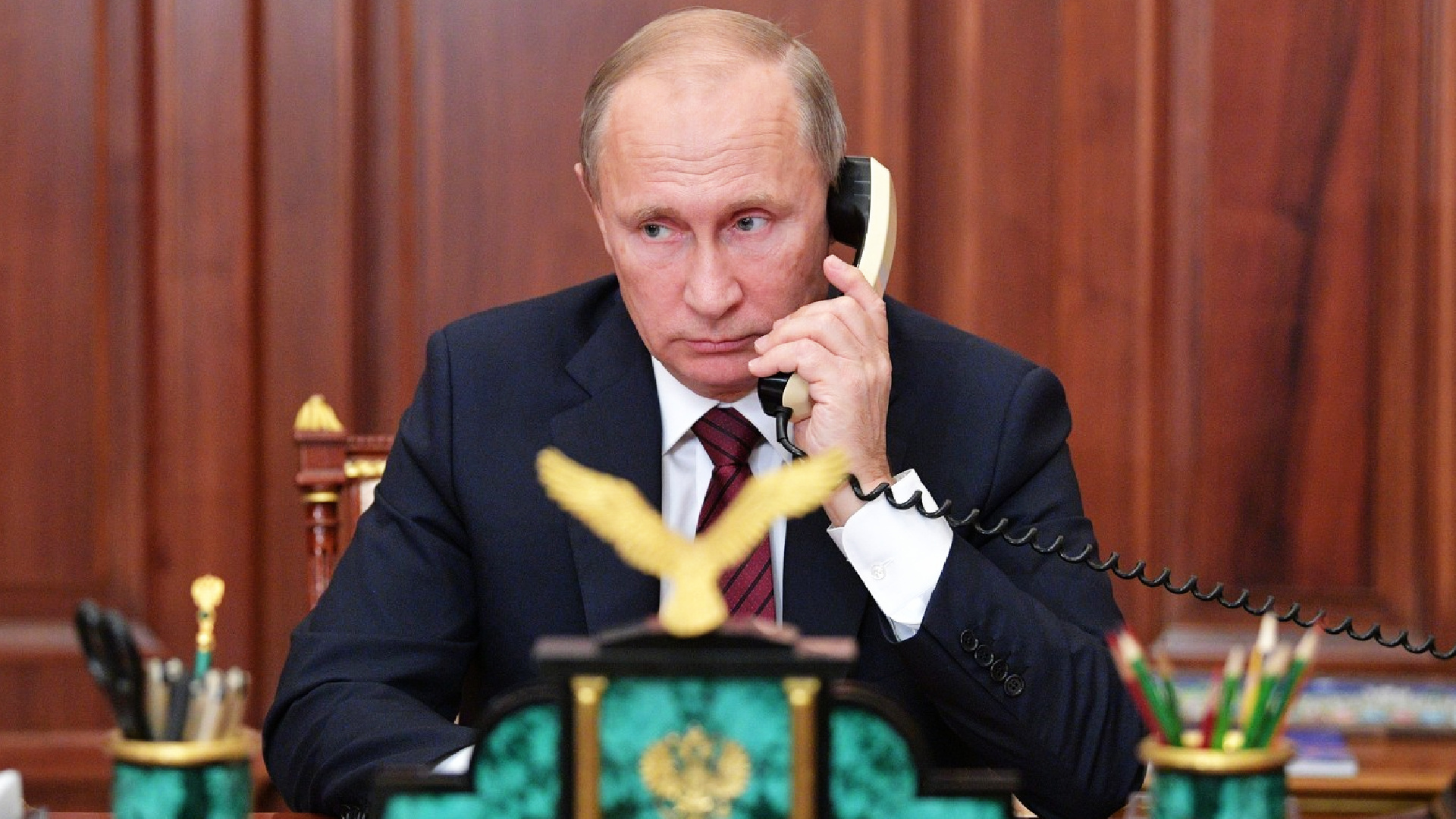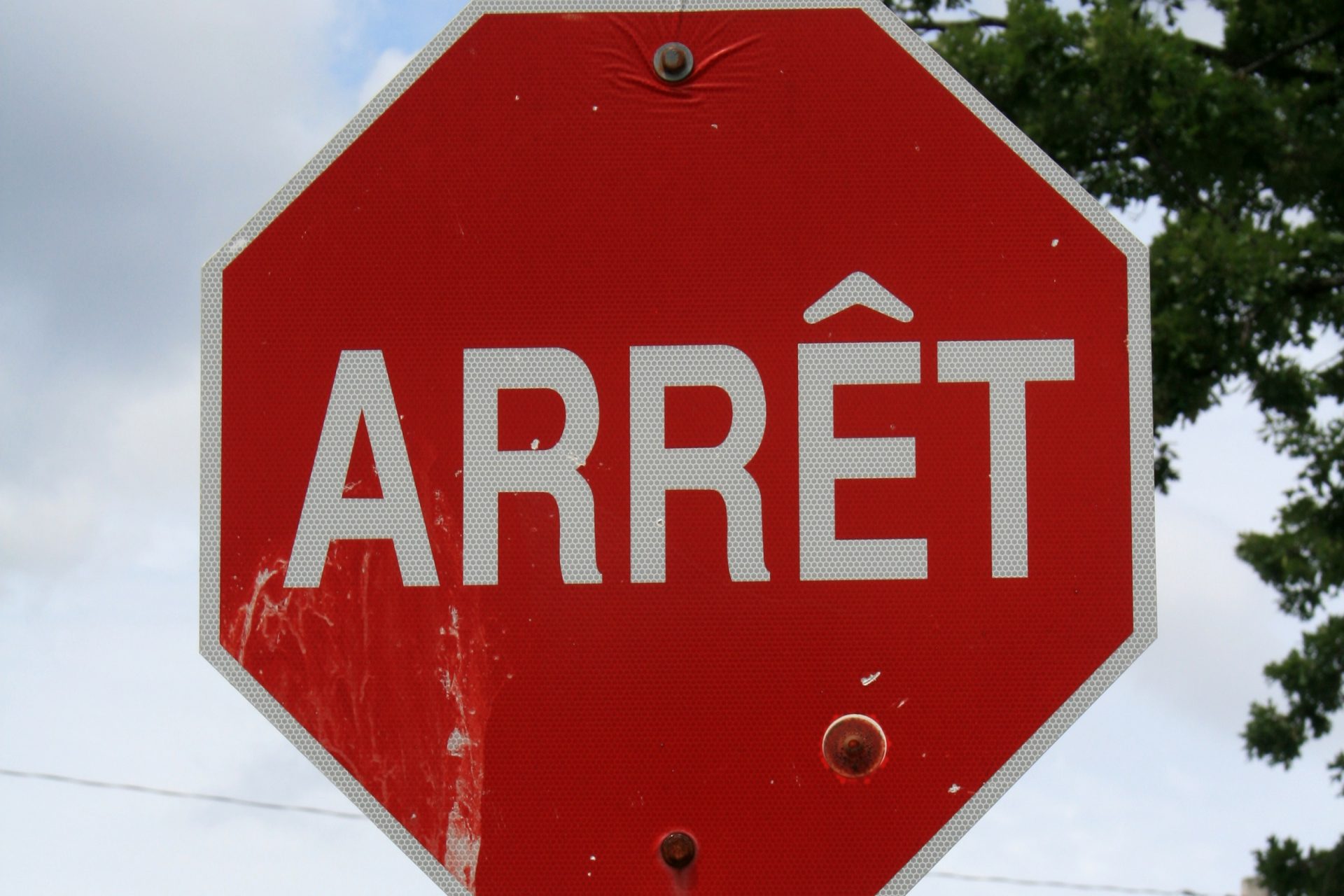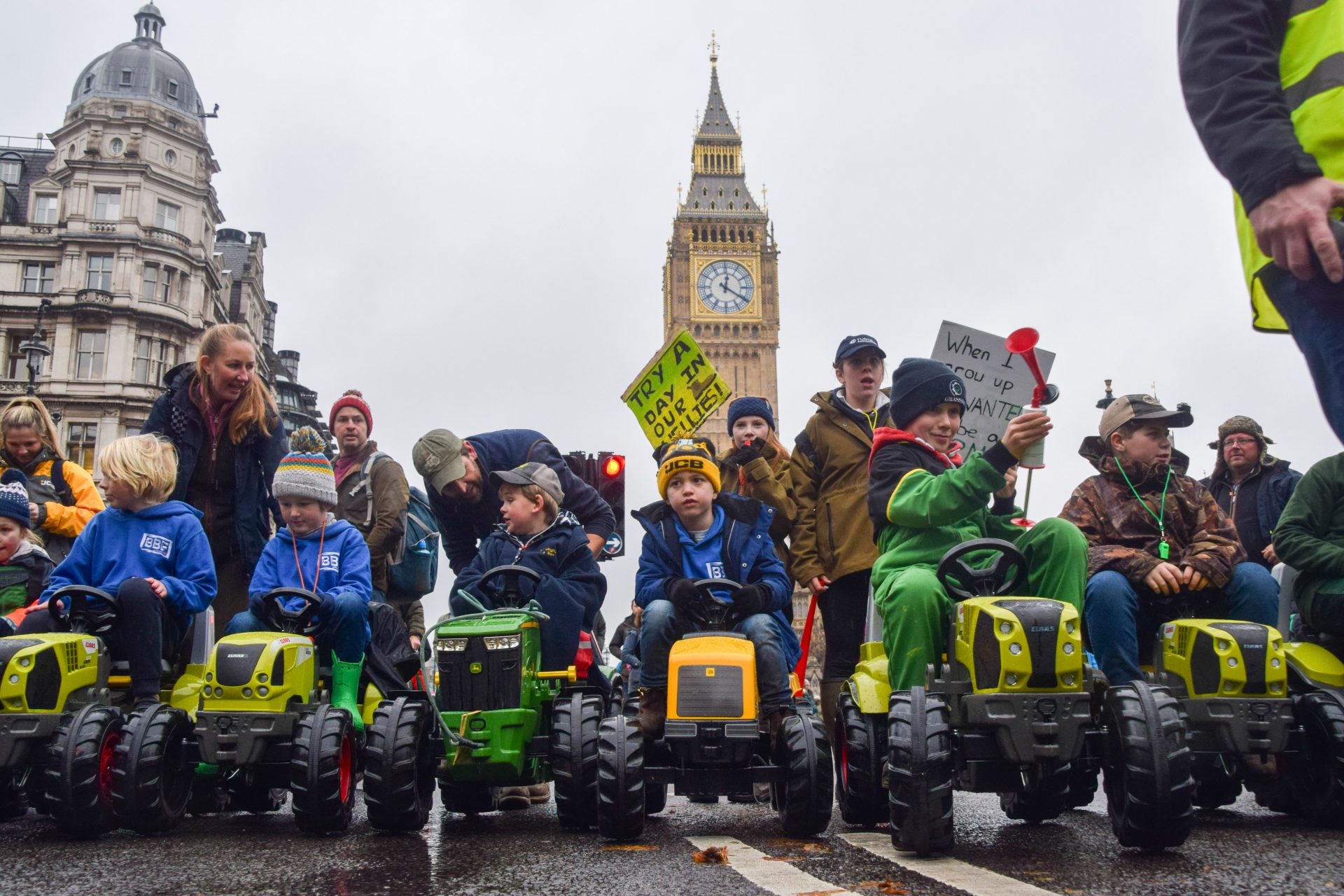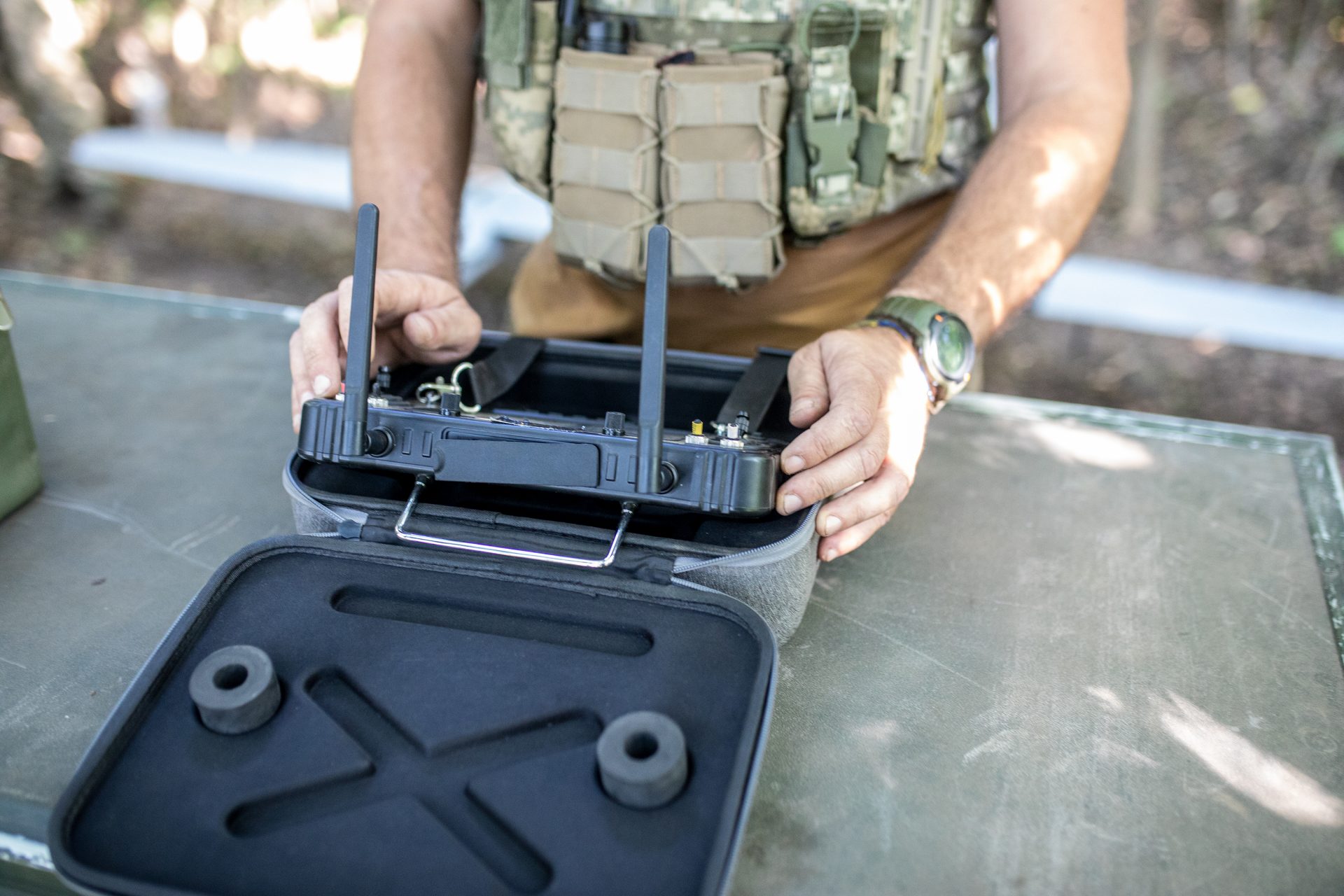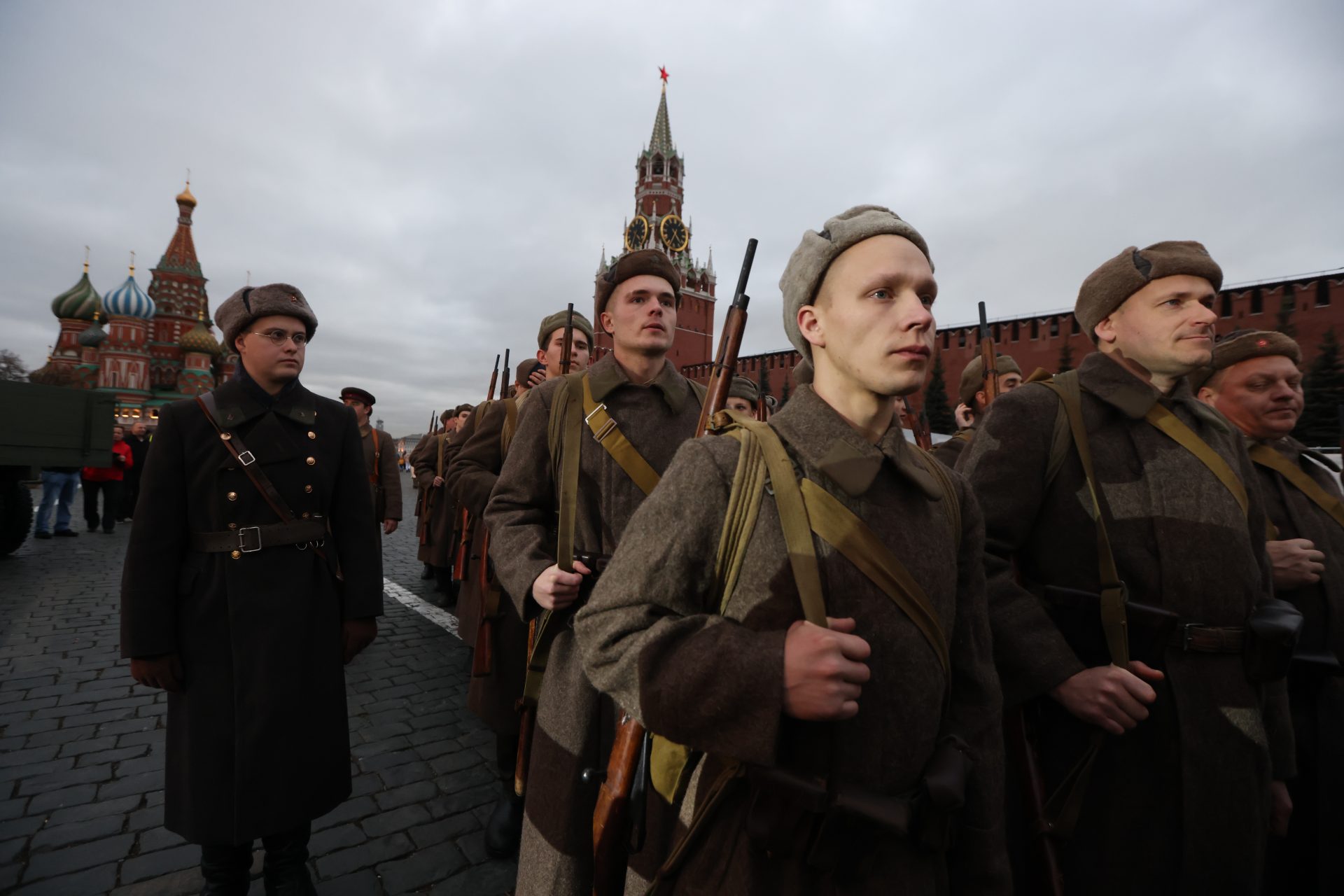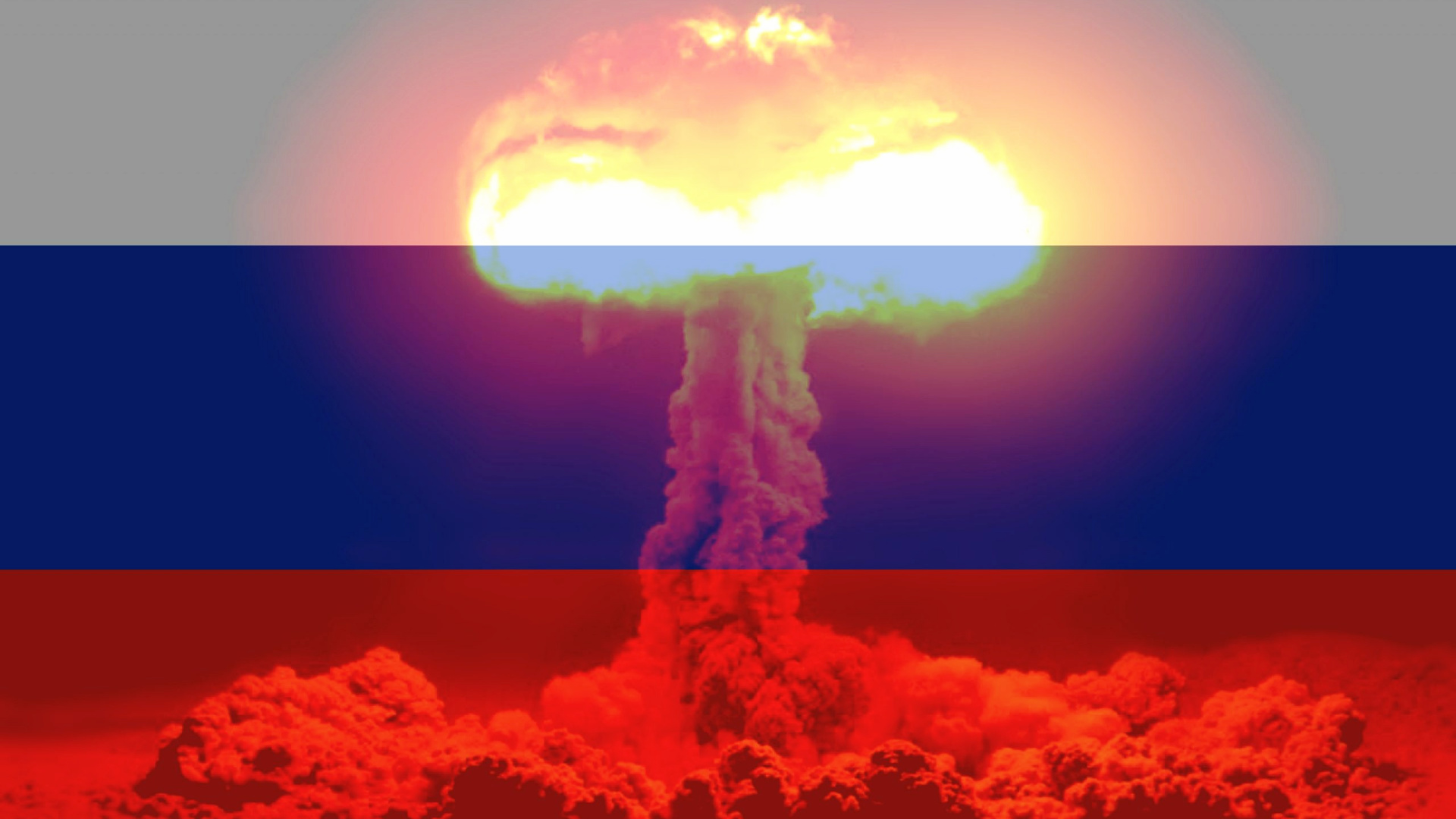Fléchettes found in Bucha victims: evidence of Russian war crimes continues to grow
Pathologists and coroners are trying their best to quickly document the atrocities committed in Ukraine, particularly in Bucha, by the Russian army before evidence can be disposed of.
The most recent discovery is the use of small metal darts called fléchettes which have been found in the bodies of civilians in Bucha.
According to The Guardian, forensic doctors say that dozens of civilians killed by Russians were found with the tiny metal arrows embedded in their heads and chests.
Dr. Vladyslave Pirovskyi, a Ukrainian forensic doctor, told The Guardian, “We found several really thin, nail-like objects in the bodies of men and women, and so did others of my colleagues...The majority of these bodies come from the Bucha-Irpin region.”
The Washington Post reported that fléchettes are not often used in modern-day combat; the anti-personnel weapon was widely used during the first world war.
Even though these tiny projectiles that look like miniature arrows are only three centimeters long, they are incredibly damaging.
Shells are packed with up to 8,000 fléchettes and explode in a conical pattern, at times dispersing across an area as large as three football fields wide.
Upon impact with a human body, the fléchette often bends into a hook-like shape, and the end, which consists of four fins, can break away and cause a second wound.
For years human rights groups have attempted to have fléchette shells banned; however, they are not prohibited under international law. But using imprecise lethal weapons in highly populated civilian areas is considered a war crime as it violates humanitarian law.
According to Amnesty International, "Fléchettes are an anti-personnel weapon designed to penetrate dense vegetation and to strike a large number of enemy soldiers. They should never be used in built-up civilian areas."
The Washington Post reported that the use of fléchettes first drew attention and concern when the United States used them during the Vietnam War. Since then, the weapon's use has been avoided in conflicts, but it has not been banned.
France has sent a team of eighteen experts from the country's forensic department to work alongside forensic investigators from Kyiv to document the war crimes committed against civilians during the month-long occupation of the city of Bucha by the Russian military.
When the Russian forces were ordered to retreat from Bucha by the end of March following the invasion, mass graves containing the bodies of hundreds of civilians who appeared to have been massacred were discovered.
Dr. Pirovsky told The Guardian, "We are seeing a lot mutilated (disfigured) bodies. A lot of them had their hands tied behind their backs and shots in the back of their heads."
The atrocities that authorities discovered did not end there. Pirovsky also said, "There were also cases with automatic gunfire, like six to eight holes on the back of victims. And we have several cases of cluster bombs' elements embedded in the bodies of the victims."
The city of Bucha has been the grounds of some of the most severe atrocities committed by Russian soldiers.
Independent weapons experts reviewed evidence collected by the Guardian in the city and determined that the Russians also used banned cluster munitions and potent unguided bombs in highly populated areas.
More for you
Top Stories




















